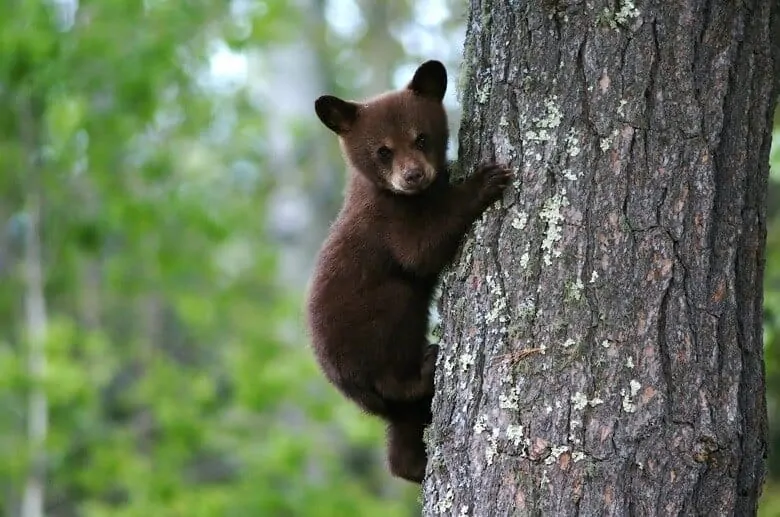moulddni0.com – Albania, nestled in the heart of the Balkans, is a land of remarkable ecological diversity and rich wildlife. From its rugged mountains and pristine lakes to its lush forests and vibrant wetlands, the country’s varied landscapes support an array of unique and fascinating species. This article explores the diverse ecosystems of Albania, highlighting the wildlife that inhabits them and the efforts being made to conserve this natural heritage.
Diverse Ecosystems
Albania’s geography is characterized by its diverse topography, which includes coastal areas, mountain ranges, and fertile plains. This diversity gives rise to several distinct ecosystems:
- Mountainous Regions: The Albanian Alps and other mountain ranges are home to dense forests and high-altitude habitats. These areas support species such as the Balkan lynx, brown bear, and golden eagle.
- Coastal and Marine Areas: Albania’s coastline along the Adriatic and Ionian Seas is rich in marine biodiversity. The Karaburun-Sazan Marine Park, for instance, harbors a variety of marine life, including dolphins, sea turtles, and numerous fish species.
- Wetlands and Lakes: Wetlands like the Divjaka-Karavasta National Park provide crucial habitats for migratory birds and other wildlife. Lake Ohrid and Lake Shkodra are renowned for their endemic species and diverse aquatic life.
Unique Wildlife
Albania is home to a wide array of wildlife, some of which are rare and endemic to the region. Notable species include:
- Balkan Lynx: One of the most endangered feline species in Europe, the Balkan lynx is primarily found in the mountainous regions of Albania.
- Dalmatian Pelican: This large, majestic bird can be seen in wetland areas, particularly around Lake Prespa.
- Brown Bear: Albania’s forests provide a sanctuary for the brown bear, a symbol of the country’s wild heritage.
Conservation Efforts
Recognizing the importance of its natural heritage, Albania has taken significant steps toward wildlife conservation and ecological protection. The establishment of national parks and protected areas has been a key strategy in preserving biodiversity. Efforts to combat illegal hunting and logging, promote sustainable tourism, and engage local communities in conservation initiatives are ongoing.
Challenges and Opportunities
Despite these efforts, Albania faces several environmental challenges, including deforestation, habitat loss, and pollution. Climate change poses an additional threat to the country’s ecosystems. However, with its commitment to conservation and a growing awareness of ecological issues, Albania has the opportunity to further protect and enhance its natural environment.
Conclusion
The wildlife and ecology of Albania are integral to the country’s identity and offer a glimpse into the rich biodiversity of the Balkans. As Albania continues to balance development with conservation, the preservation of its unique ecosystems and species remains a priority. By embracing sustainable practices and fostering a culture of environmental stewardship, Albania can ensure that its natural treasures are preserved for future generations to enjoy.
